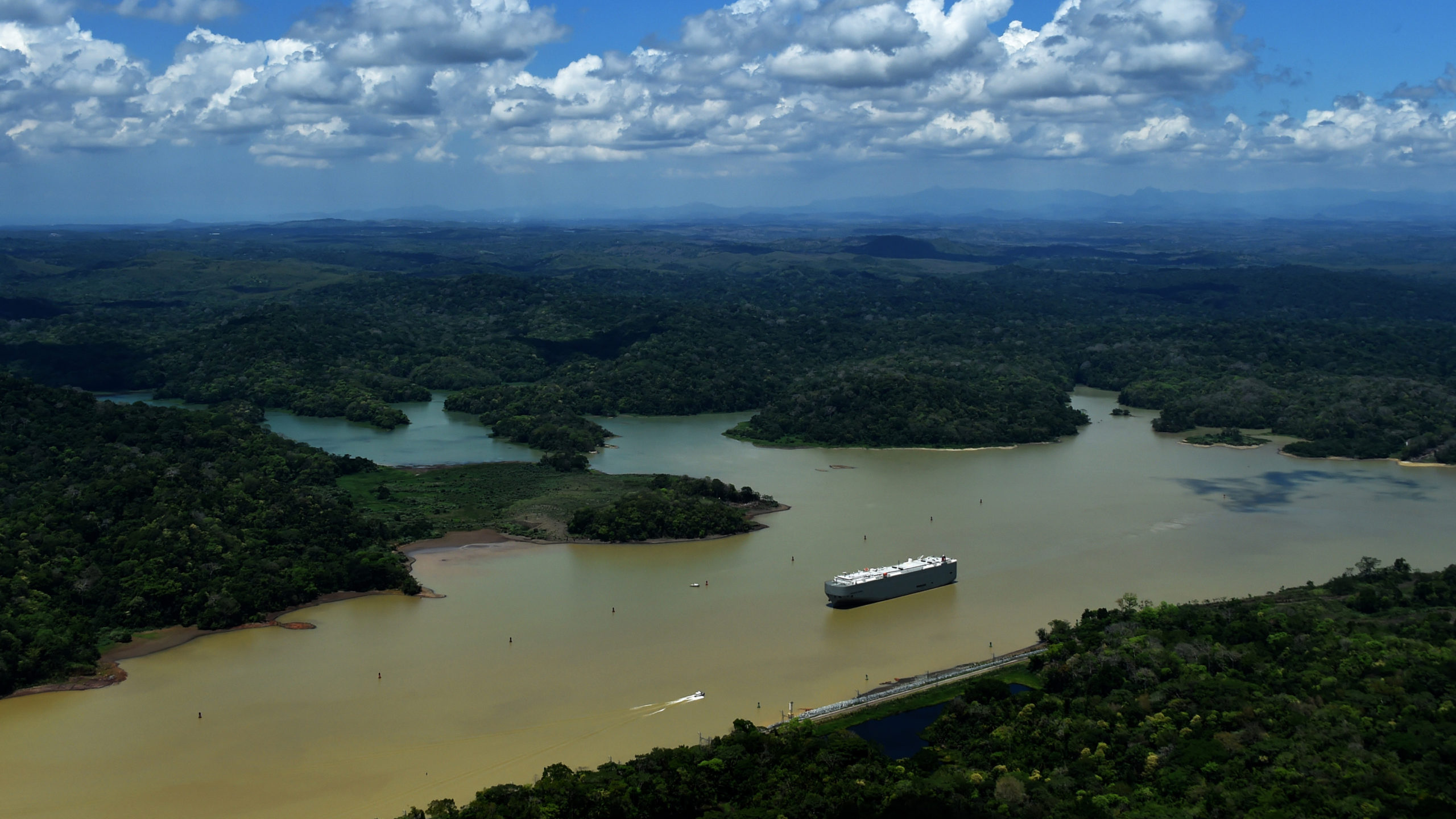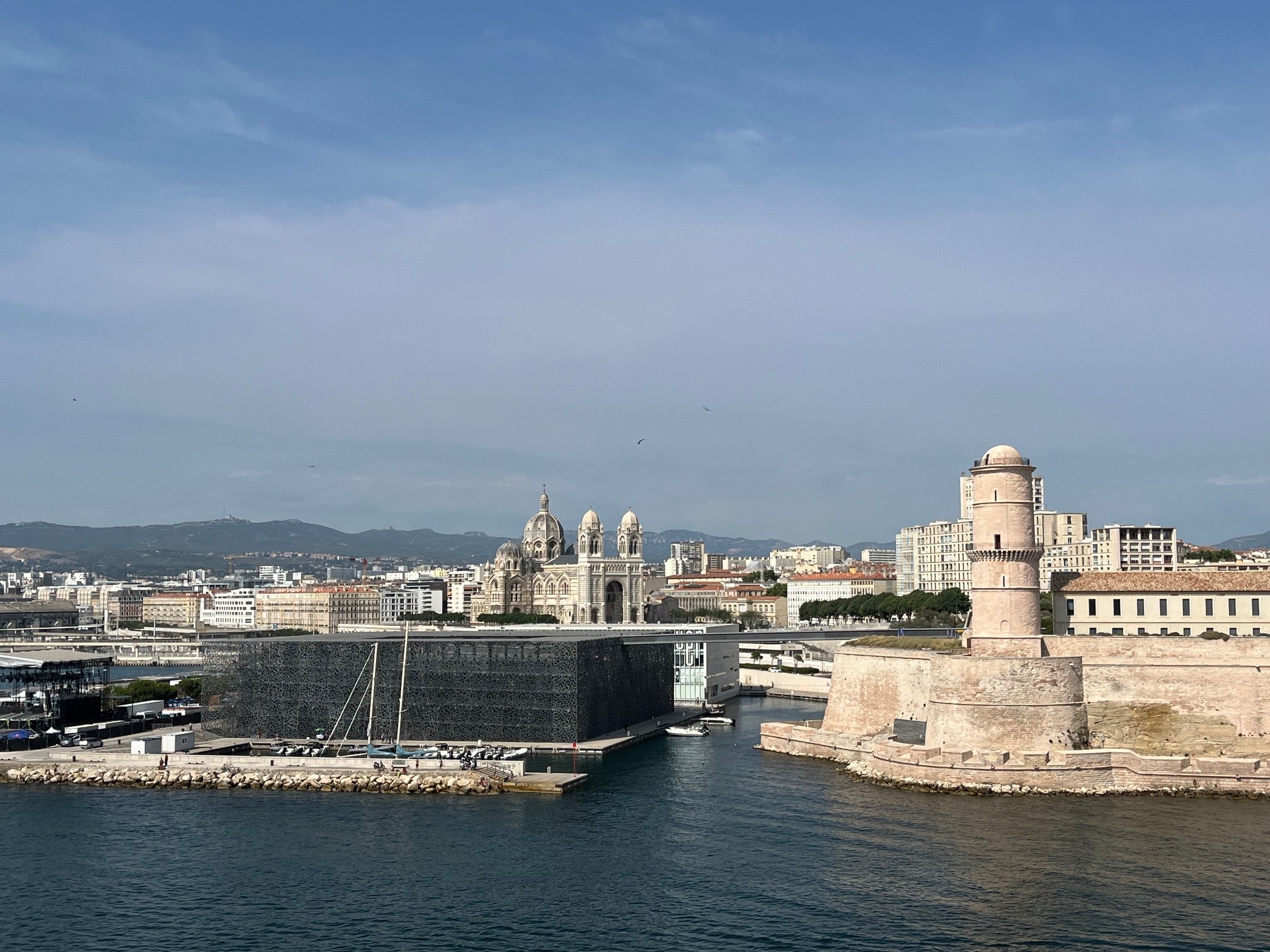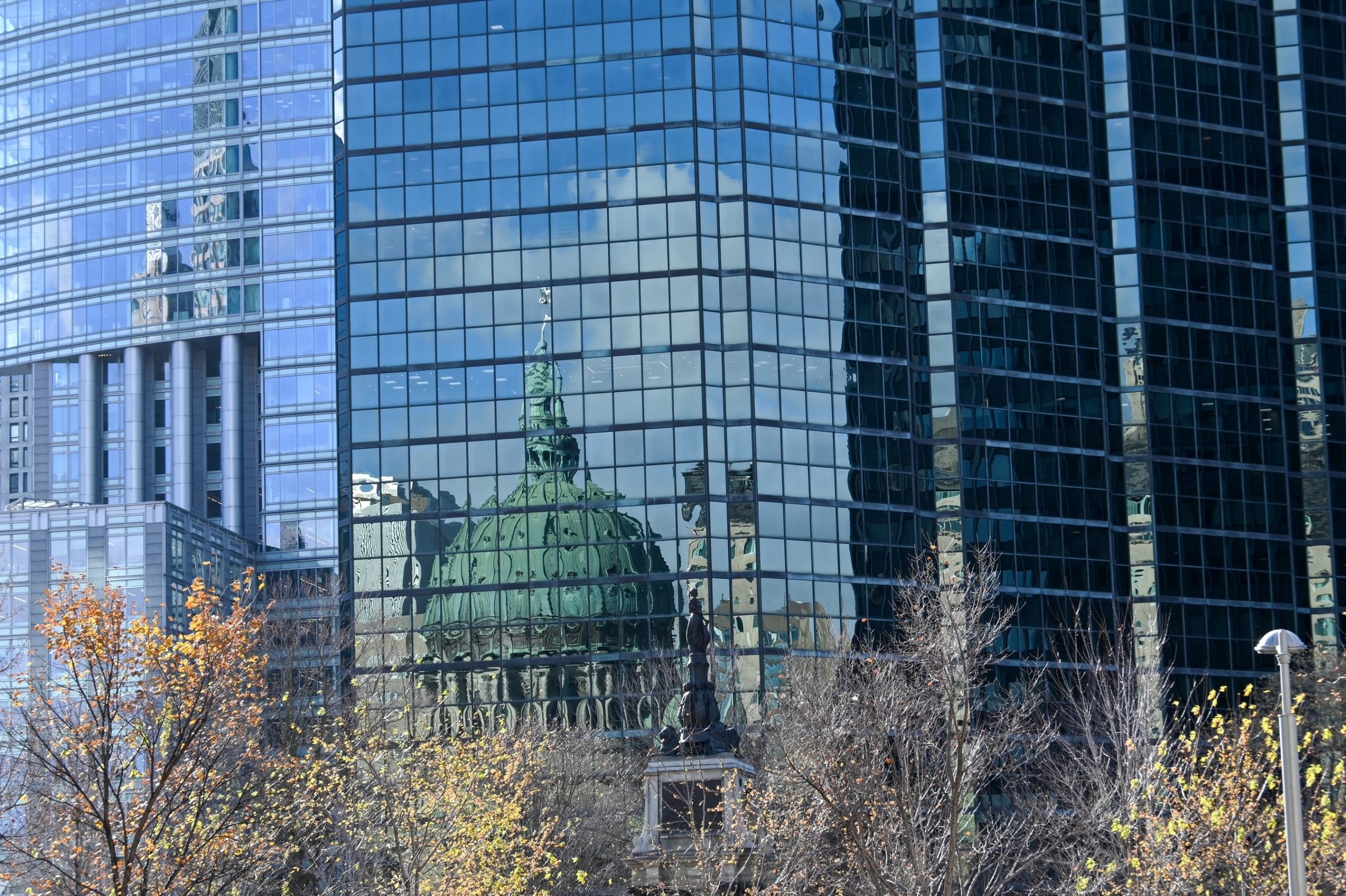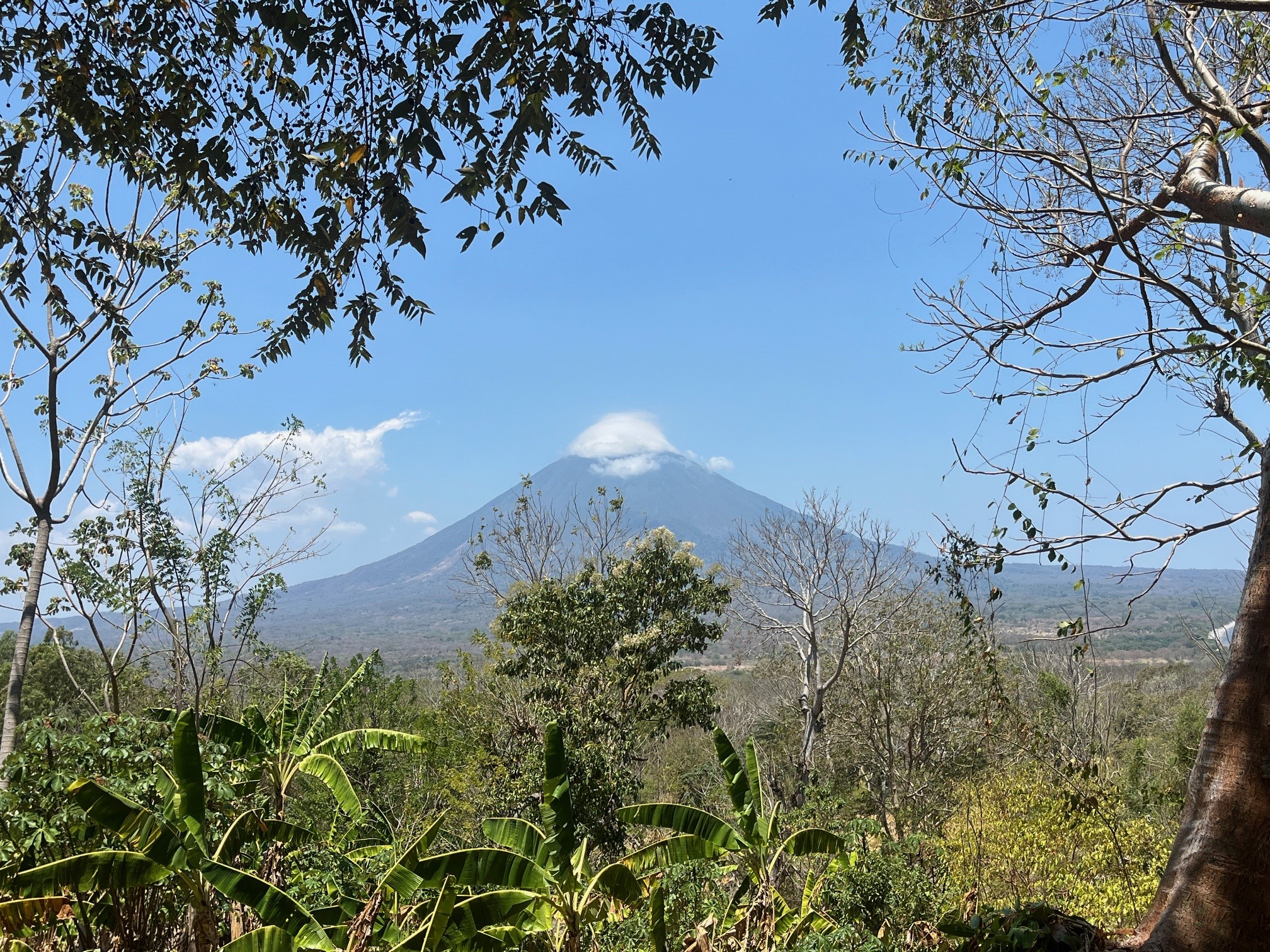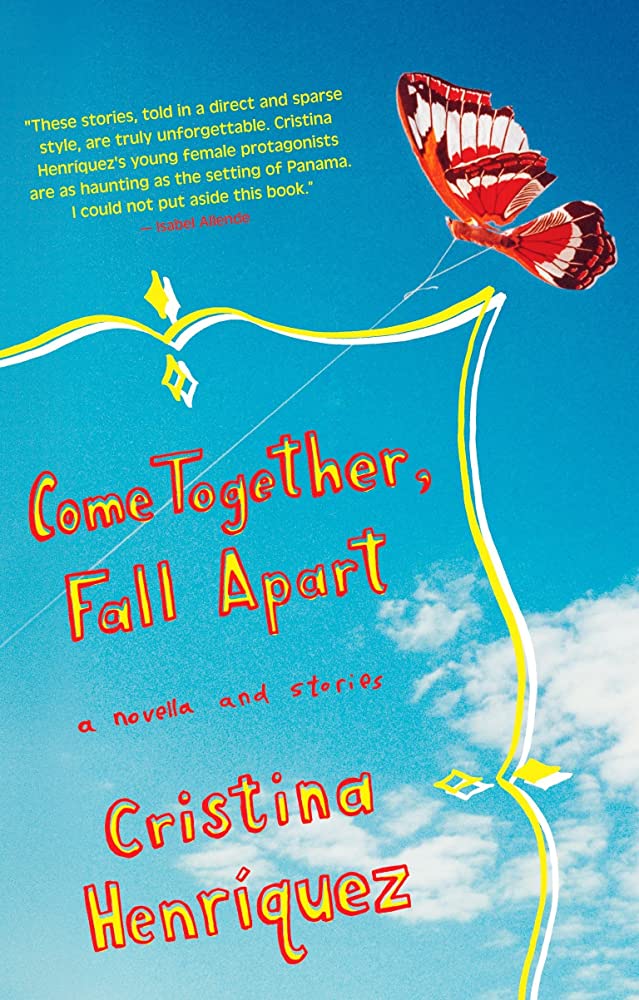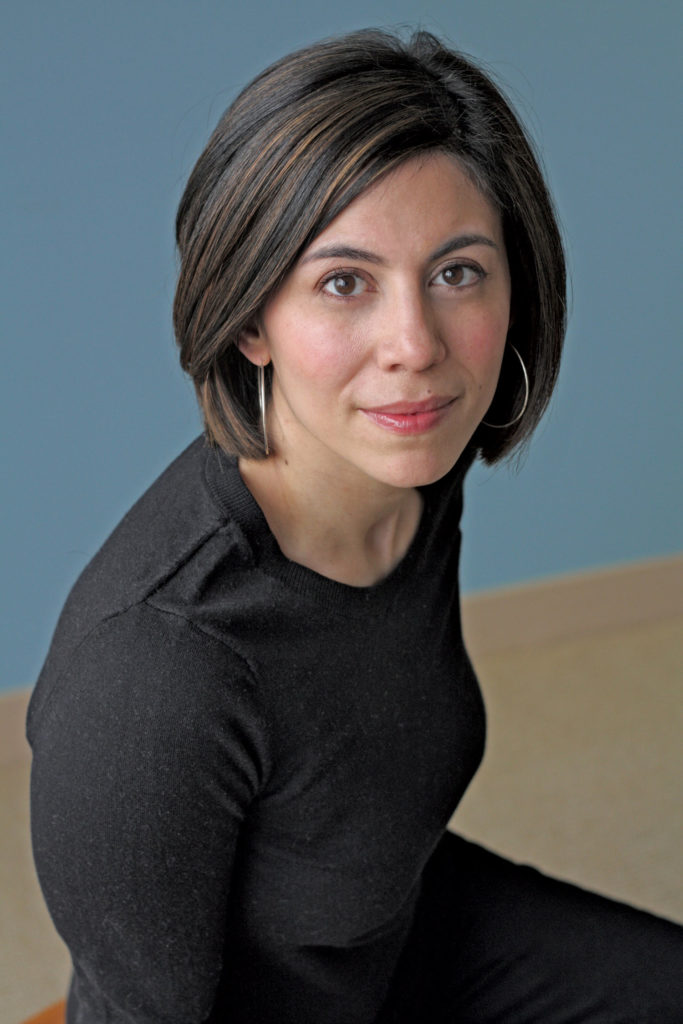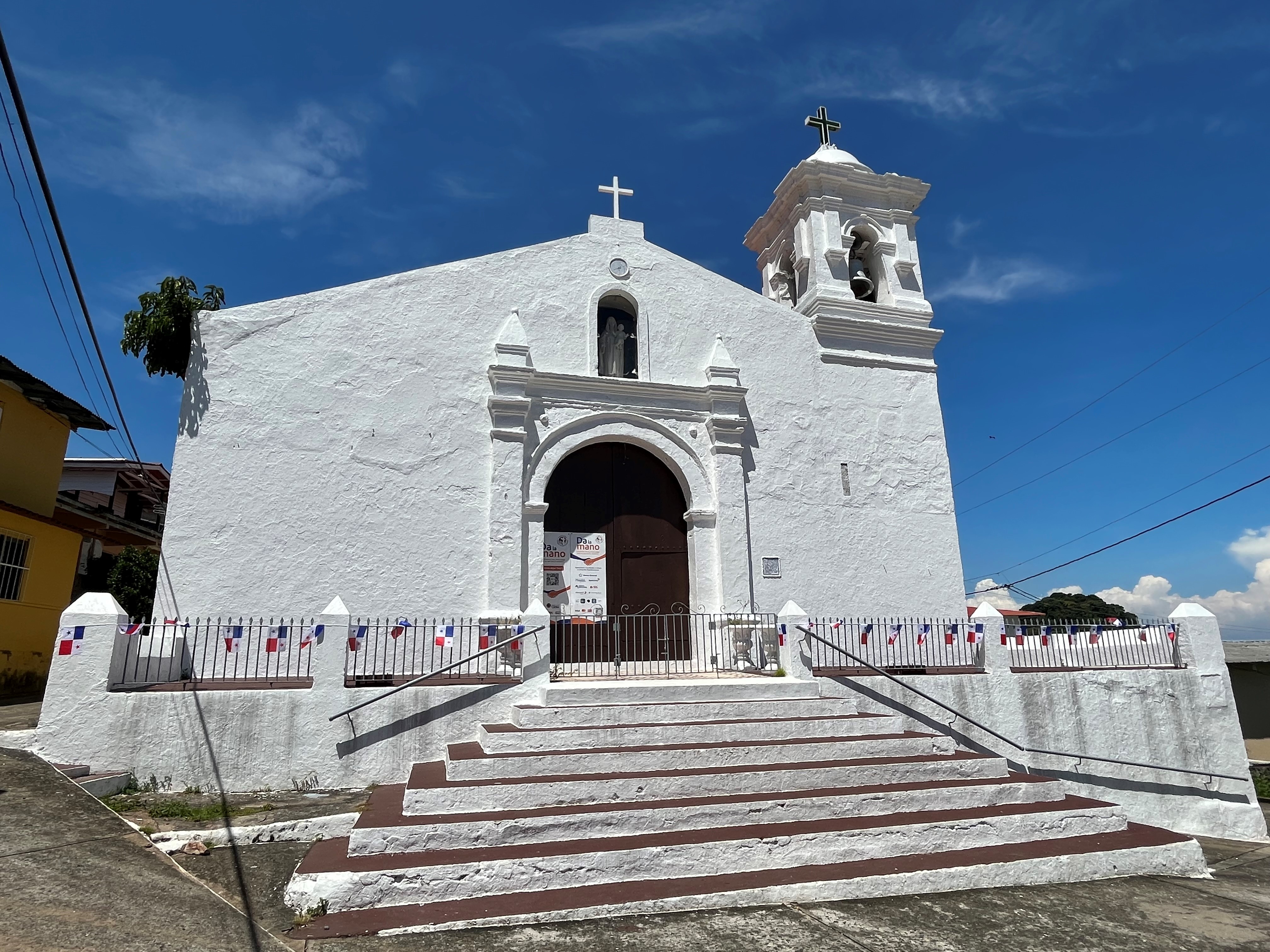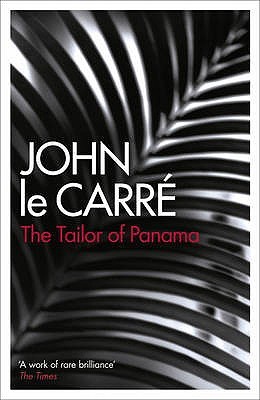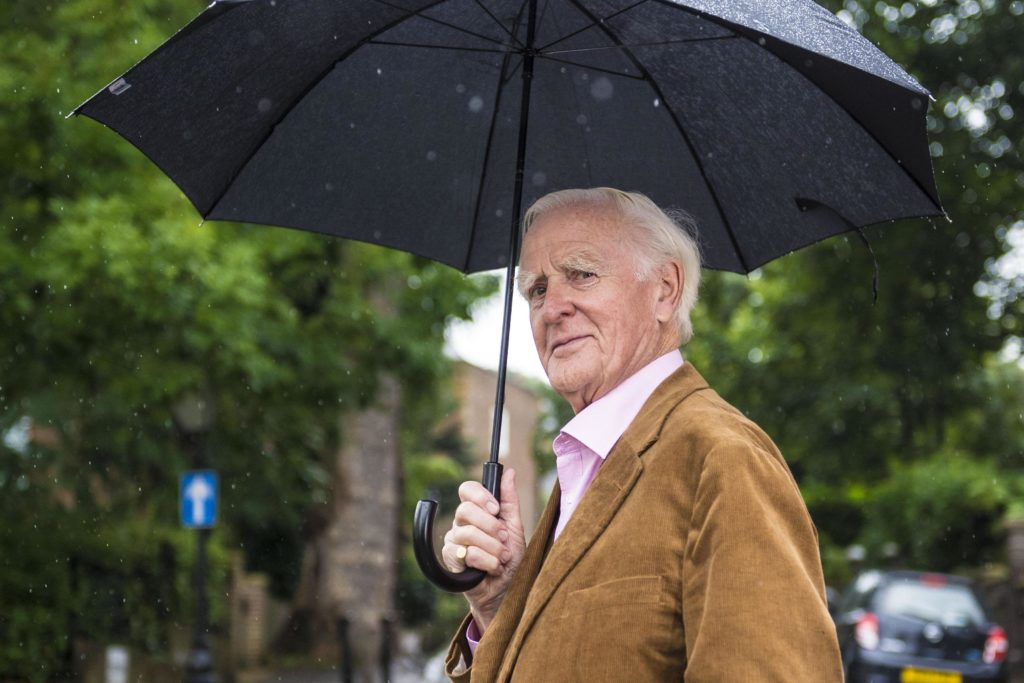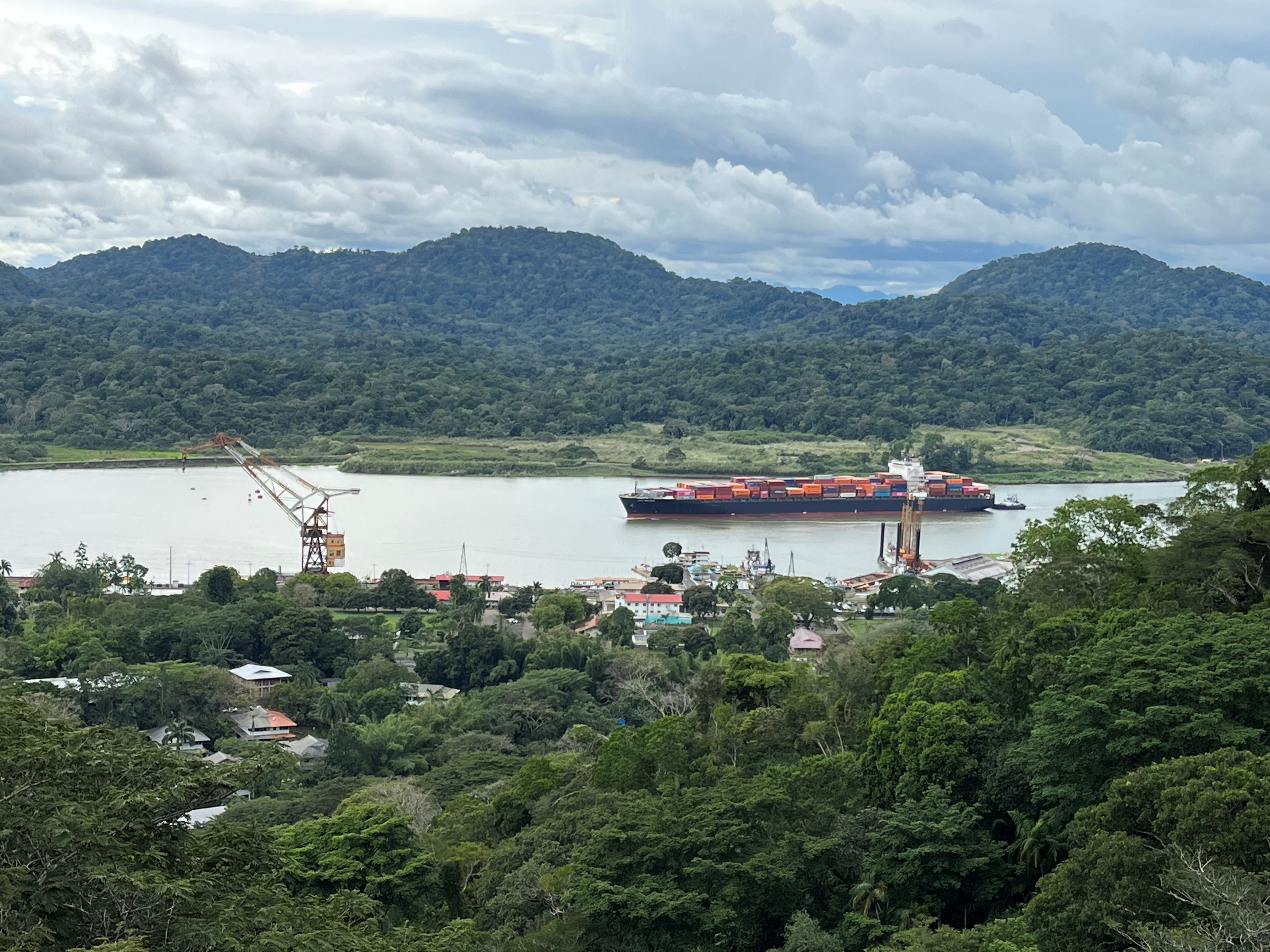I’ve already spent three full days in Panama, without ever sleeping there. Not that I partied all night. Rather, I enjoyed three long layovers when I flew with the national airline Copa to destinations further south in Latin America. On my first visit, which was quite short, I took a cab to see the Panama Canal and its locks, a superb engineering feat. A few months ago, I had two long stopovers there. First, I took an early morning stroll through Casco Viejo, the very elegant historic center of Panama City, before taking a boat to spend a few hours on Taboga Island, twenty kilometers off the Pacific Coast. It was on Taboga that Paul Gauguin spent his convalescence after working on the construction of the Canal and falling ill. On the return trip, I made my first birding observations in the Soberanía National Park along the Camino del Oleoducto (Pipeline Road), where a record number of different birds have been catalogued.
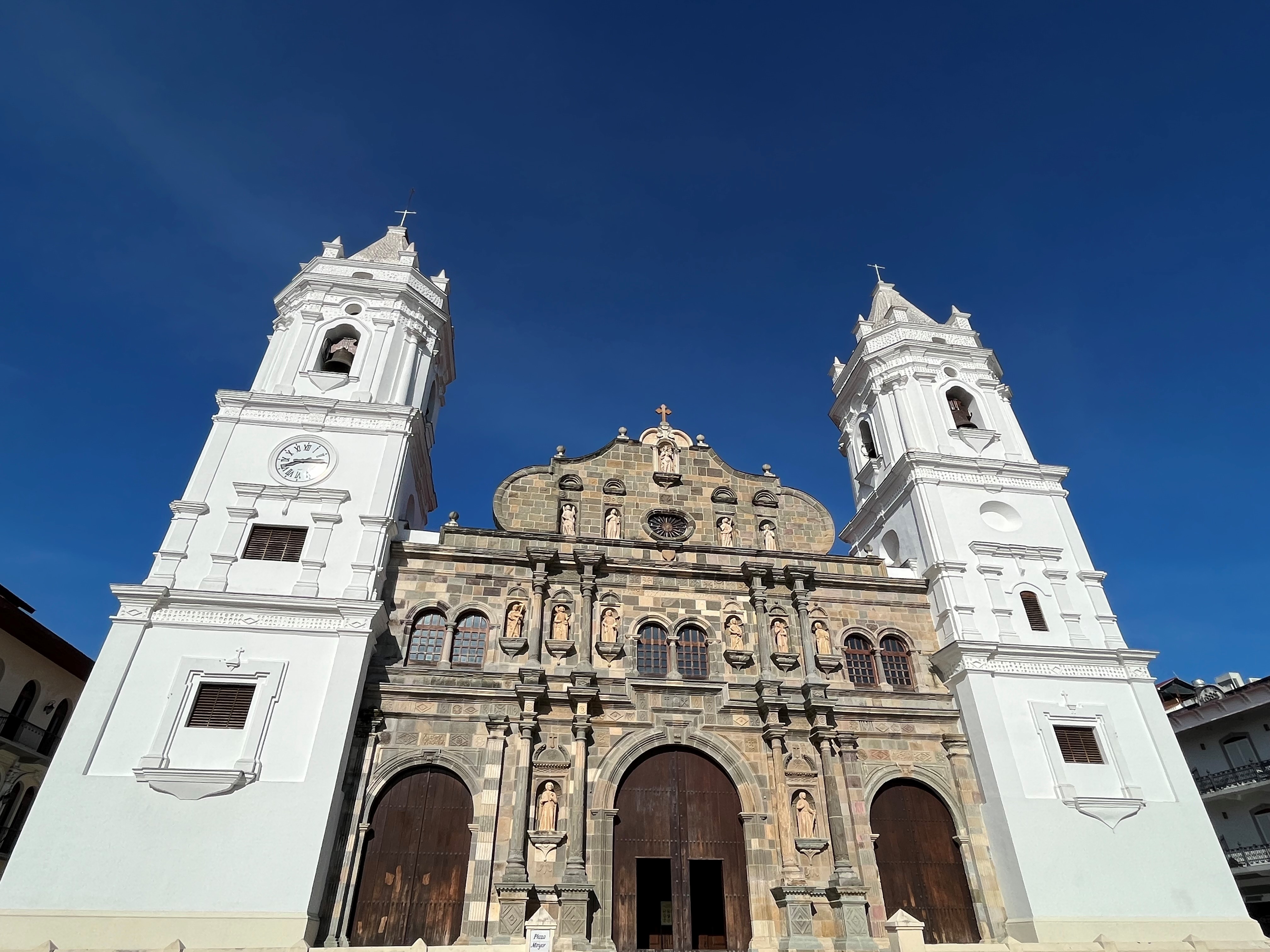
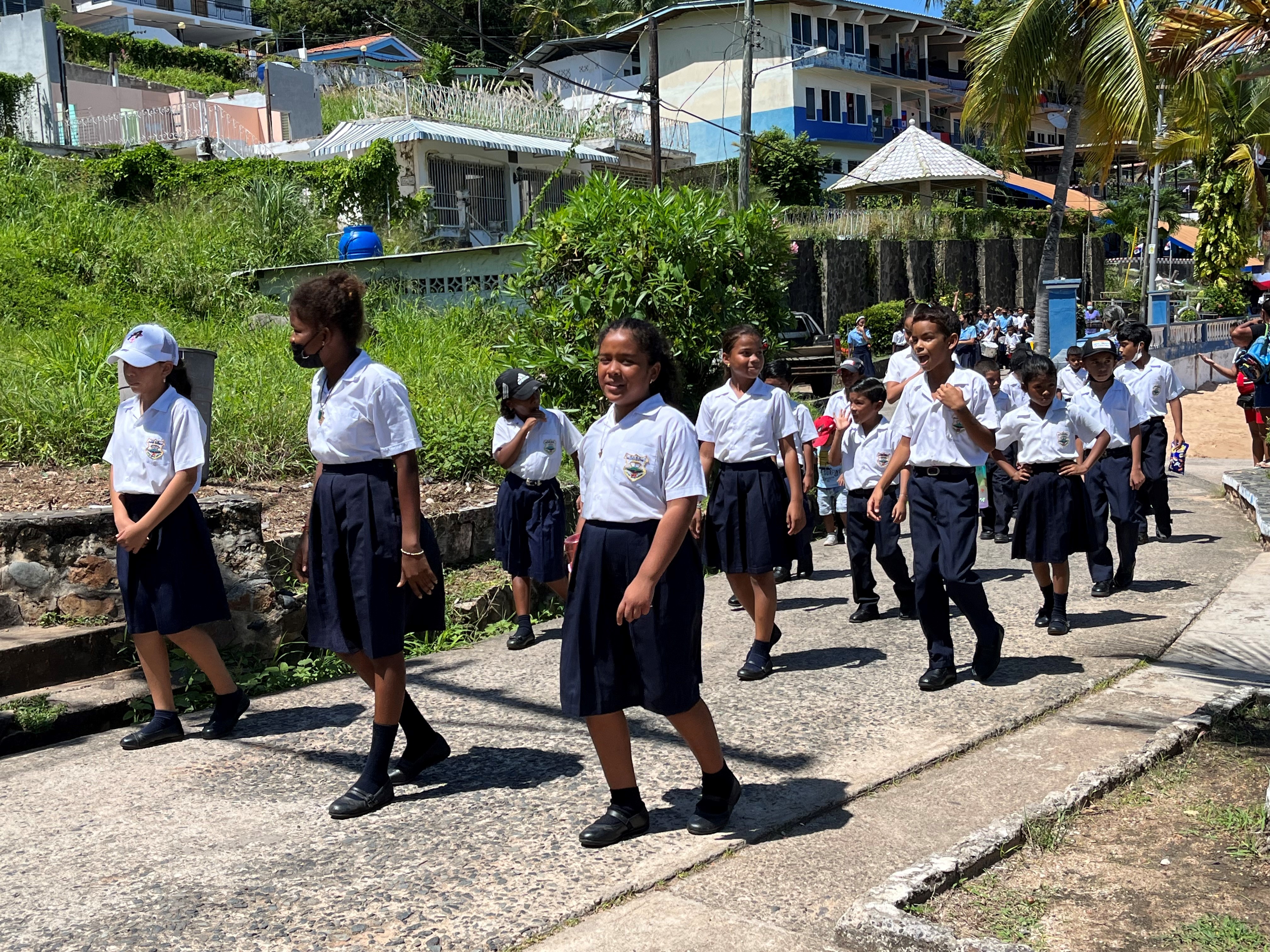
I reencountered all of these places in the two books I have read, and which are located in this small country offering a great variety of attractions. “Coming Together, Fall Apart” is a beautiful collection of short stories, the first publication of Cristina Henriquez, an American novelist of Panamanian origin, who writes in English.
The island of Taboga is the setting for the short story “The Wide, Pale Ocean”. In front of her daughter Ysabel, as she leaves the church, all white in the sun-warmed square, the parish priest asks Gabriella if she will play the role of Mary in the Easter procession.
“The Virgin or Mary Magdalene?” asks Gabriella.
“La Virgen” answers Father Castillo. In this moving short story, Ysabel tells the story of her mother, a young islander who was seduced at a very young age by an elegant man from the capital whom she never saw again. Mother and daughter are very close and like to bath in the waves of the ocean.
In “Chasing Birds,” Harvey and June are two middle-aged Americans from the Midwest who have come to Panama to observe tropical birds. Their guide takes them to the Camino del Oleoducto or by boat on the river near the canal. Harvey has eyes only for the colorful birds, while his wife is bored and can’t stop thinking about Diego, the employee at their hotel with whom she danced and exchanged a furtive kiss.
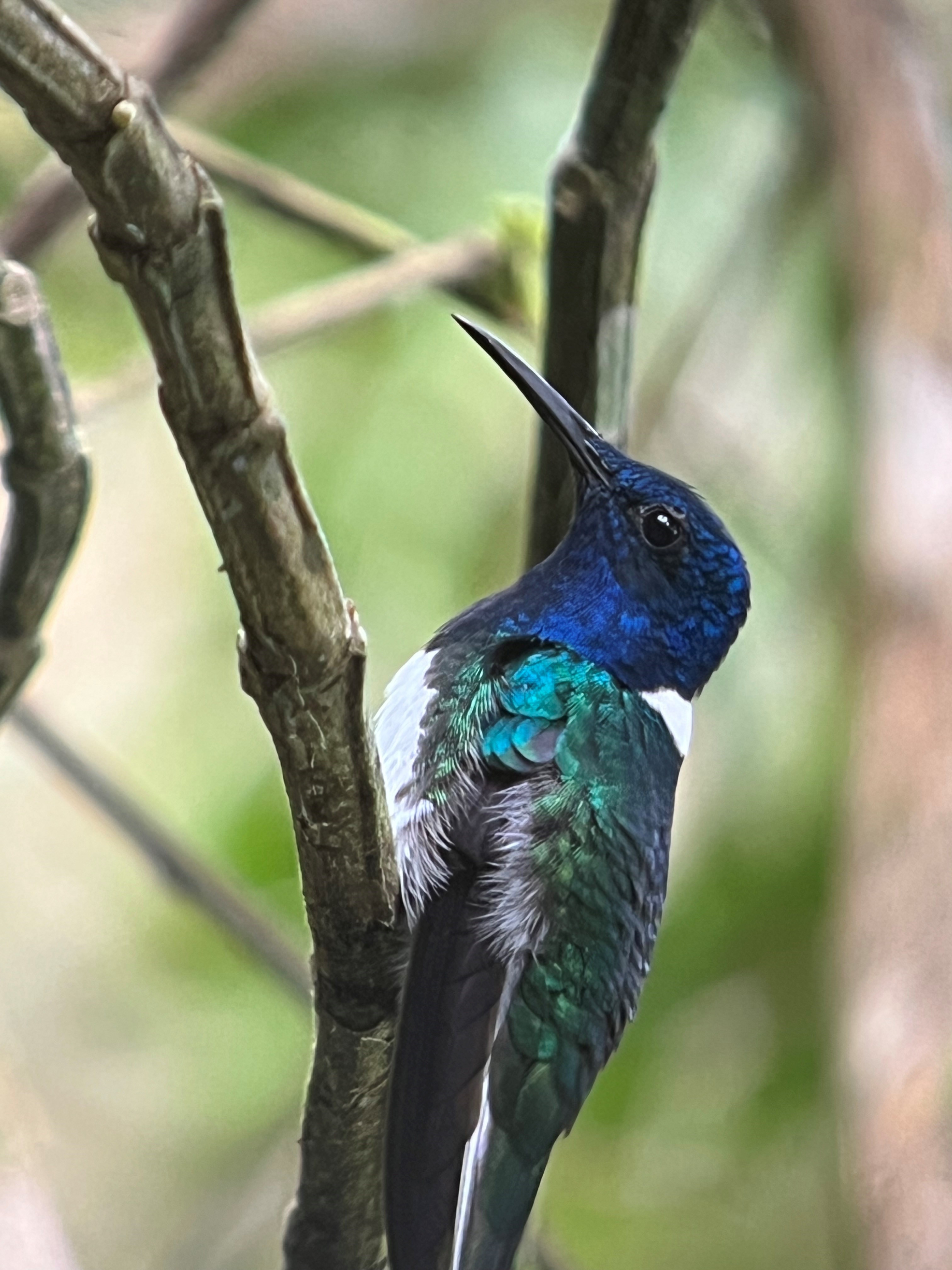
In the last and longest story, which gives the book its title, Cristina Henriquez tells with finesse and emotion, through the eyes of a teenager whose family has to move because of a real estate development, the events of the end of 1989 when the Americans landed in Panama City to oust the dictator Manuel Noriega and, in the process, burn the neighborhood of El Chorillo and its wooden houses.
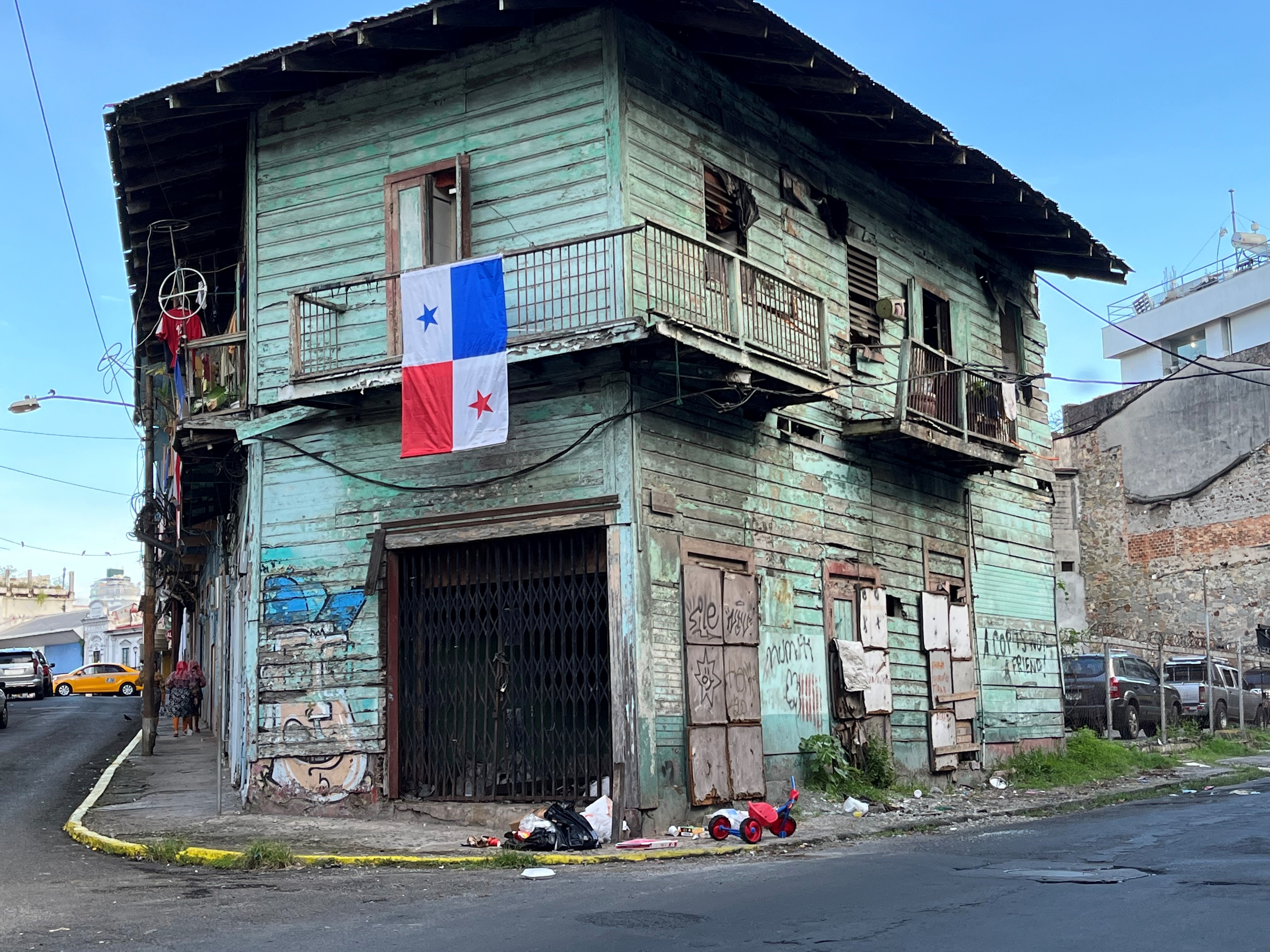
The spy novel “The Tailor of Panama” also ends with an American invasion. As John Le Carré’s thriller was published in 1996, it is undoubtedly inspired by the recent history of the country and the appetites of the various world economic powers for control of the Canal.
Harry Pendel is the tailor of Panama. Everyone who matters in this small country, from the President to the American General, appreciates his suits perfectly tailored with English flair. But they are all unaware of his less glorious past: it is, indeed, in an English prison that Harry learned to cut clothes. Even his American wife, Louisa, ignores this detail. Andy Osnard, a young British secret service agent, discovers Harry’s past and decides to exploit it by blackmailing the tailor. The latter will have to collect and elicit the confidences of the powerful people he dresses. In exchange, Andy slips him some generous envelopes and promises not to reveal to Louisa her husband’s secret. Harry is taken in by the game, and attracted by the gain, inflates the importance of his revelations, before quite simply inventing them. Andy also sees how he can benefit from this potential highlight in his career. The matter escalates to the point where MI6 is forced to warn the CIA of an attempt to remove the Canal from American control.
This is a lighter, more satirical book than the English writer’s Cold War-inspired novels. I enjoyed reading it, but I learned less about life in Panama than I did from Cristina Henriquez’s short stories.
